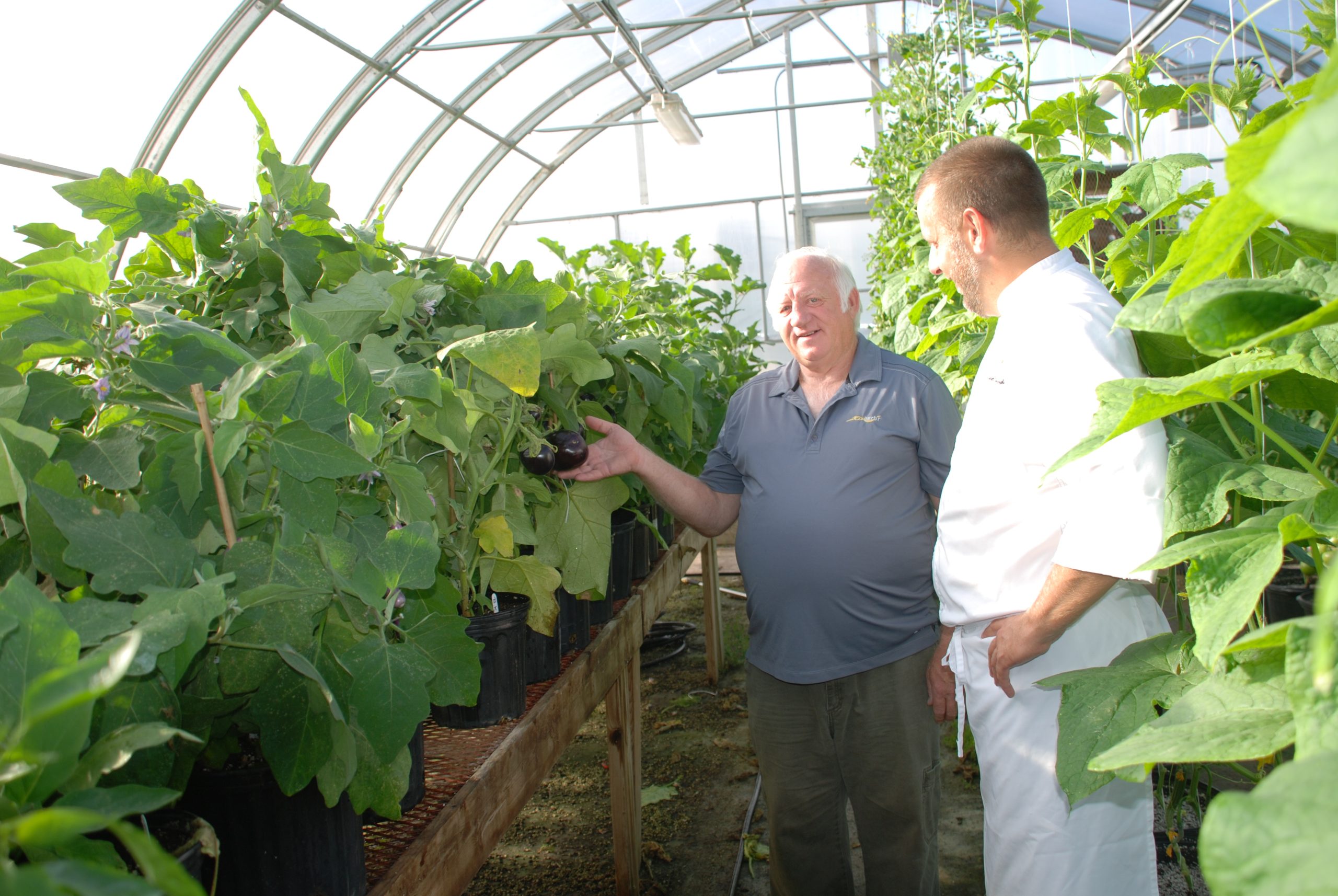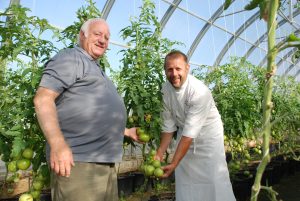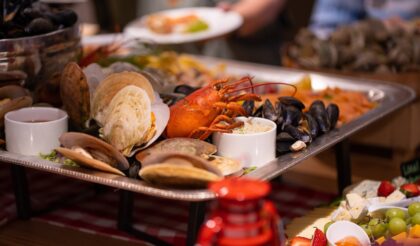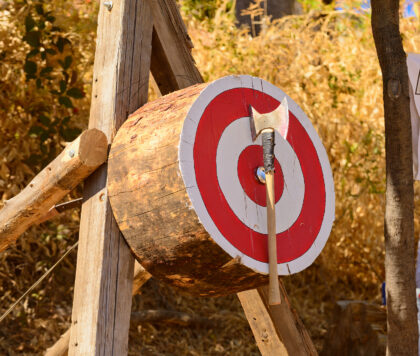
Why Fox Harb’r Has a Greenhouse Program
We’re unapologetic fans of the Northumberland Shore and the many ways to enjoy it. However, beautiful though it is in every season, it can be a challenging environment, especially for a gardener. Gardening, growing, and landscaping is a major part of what we do here, thanks to our grown on-site vegetables, flowers, and our mix of parkland and links-style golf. To aid and abet these efforts, we have an impressive greenhouse program run by Michael Stewart, our horticulturist, who’s here to explain why growing things on the Northumberland Shore is a challenge, how the greenhouses help, and why we do it.
The Northumberland Shore Is a Tough Environment
Granted, the weather can be difficult for any gardener. As Stewart puts it, “The hardest part of growing anything is getting it to produce well when you want it.” In Stewart’s world, the best-laid plans can be undone by a Mother Nature who wants to play with too much rain or too little, hours of sunlight that should be predictable but sometimes aren’t, and temperatures that range more than you’d want.
Growing things outside at Fox Harb’r is something Stewart calls “a continuing challenge”. The soil is clay and hard to boot, and then there’s the wind, water, and salt that comes from the ocean. Fortunately, Stewart has 50 years of growing experience in the area.
But We Still Maintain Gorgeous Grounds
The growing conditions might be tough, but you wouldn’t know it to see all the beautiful grasses, trees, shrubs, and flowers around the resort. Stewarts tells us, “We grow all the annuals and 85% of all perennials and grasses we use on site.”
We Grow Lots & Lots of Food
In addition to growing 60% of the leaf lettuce the kitchen uses, Stewart also grows tomatoes, English cucumbers, eggplants, red and green peppers, various herbs, red, yellow, and white onions, beets, carrots, potatoes, zucchini, bok choy, Swiss chard, broccoli, spinach, head lettuce, assorted squash, and “a smattering of other vegetables”.
And to think, back when Stewart started as a horticulturist in 2008, we were only raising tomatoes.
Growing Food Brings Serious Advantages
As Stewart points out, the biggest benefit to growing our own vegetables and herbs is that they’re as fresh as they can possibly be – they are plucked and used immediately.
So, when the kitchen, led by Shane Robilliard, is making delicious quahog chowder or pan-seared rainbow trout with mint couscous and brunoise vegetables, they’re using the freshest possible ingredients.
There Are Environmental Benefits Too
Stewart assures us, “We grow as organically as possibly both in the greenhouse and in the vegetable garden.” He also points out that by doing our own gardening we lessen our carbon footprint and reduce our waste.
You Can Replicate Some of This in Your Own Life
If growing your own vegetables sounds appealing, Stewart recommends you read a book called Five Acres and Independence. From there, you can start small and work up to where you want to be. After all, growing things has given us tremendous benefits, and you can do it too.






